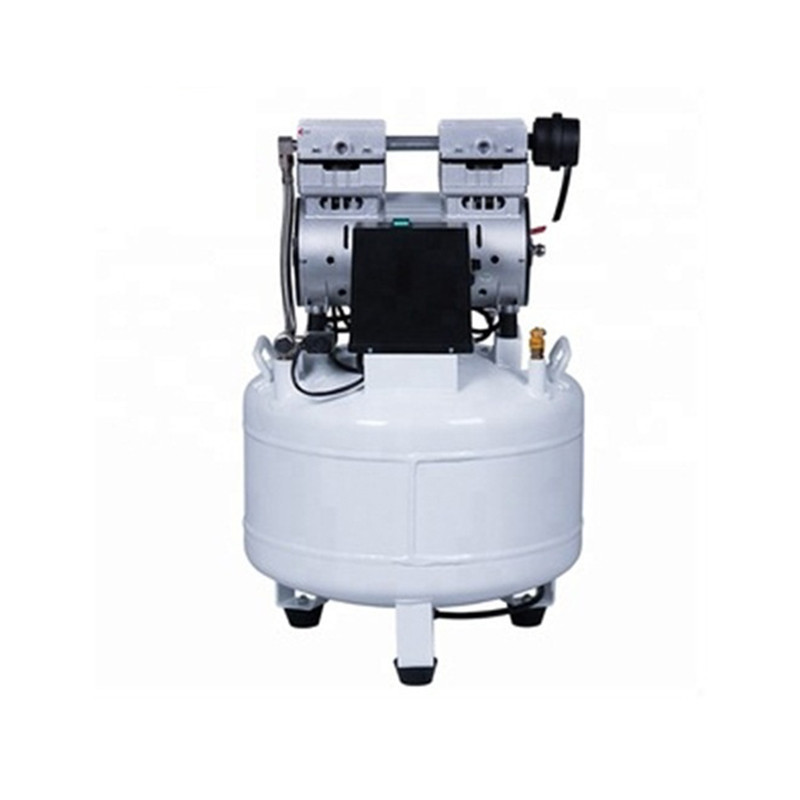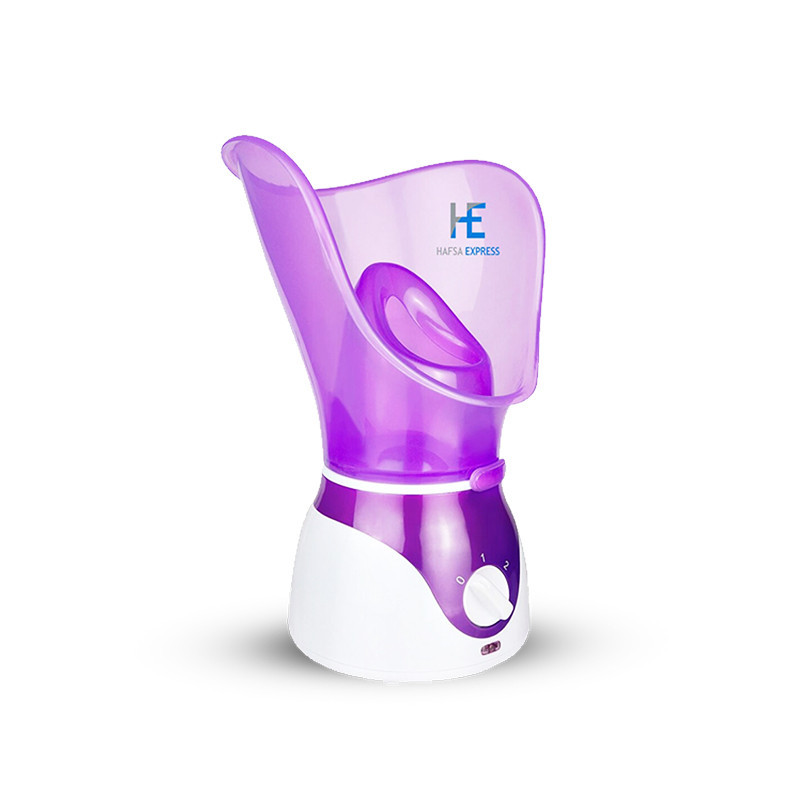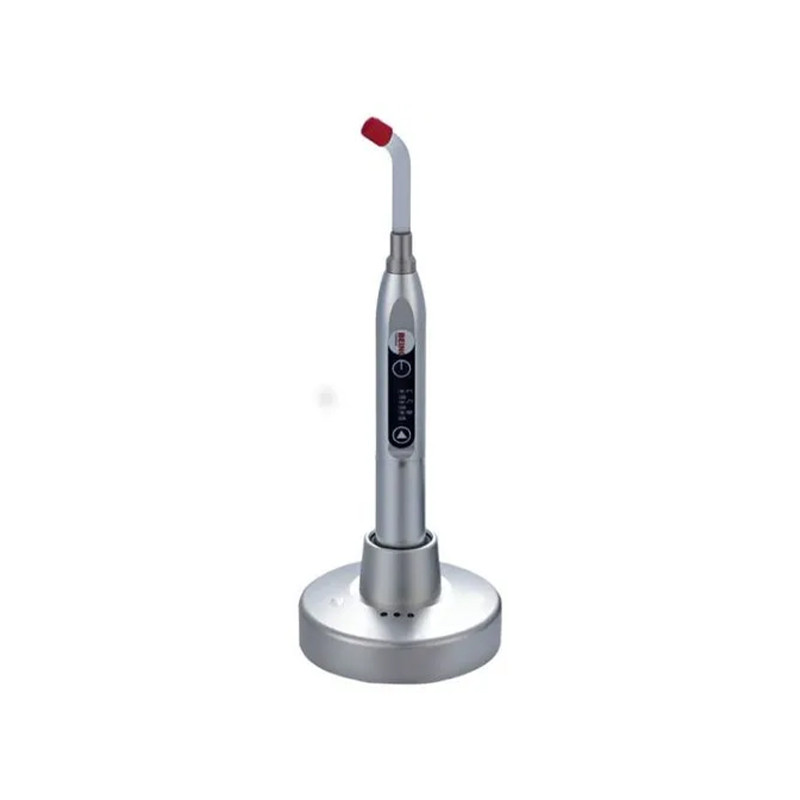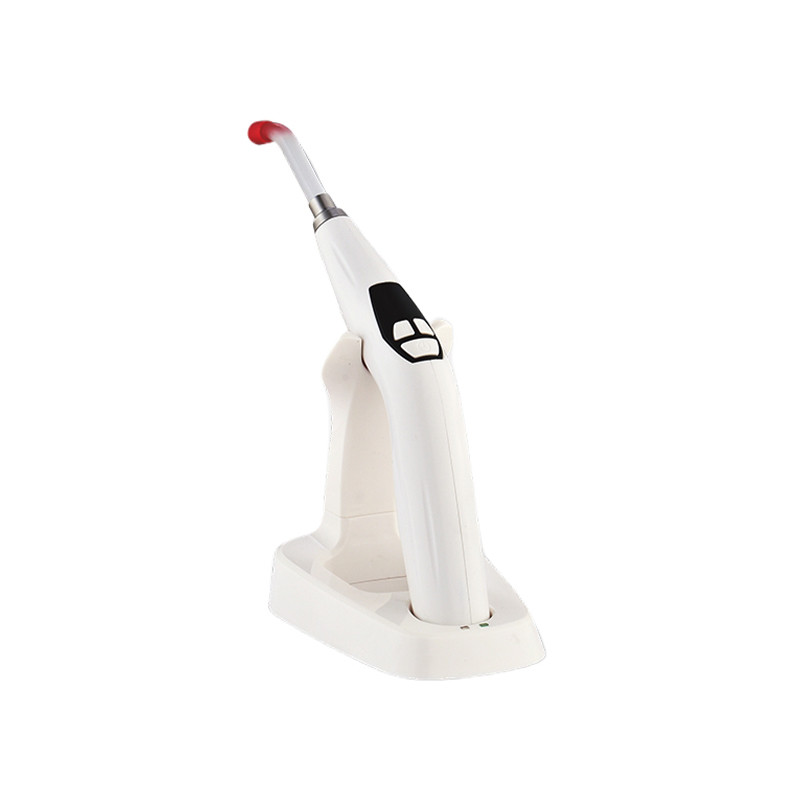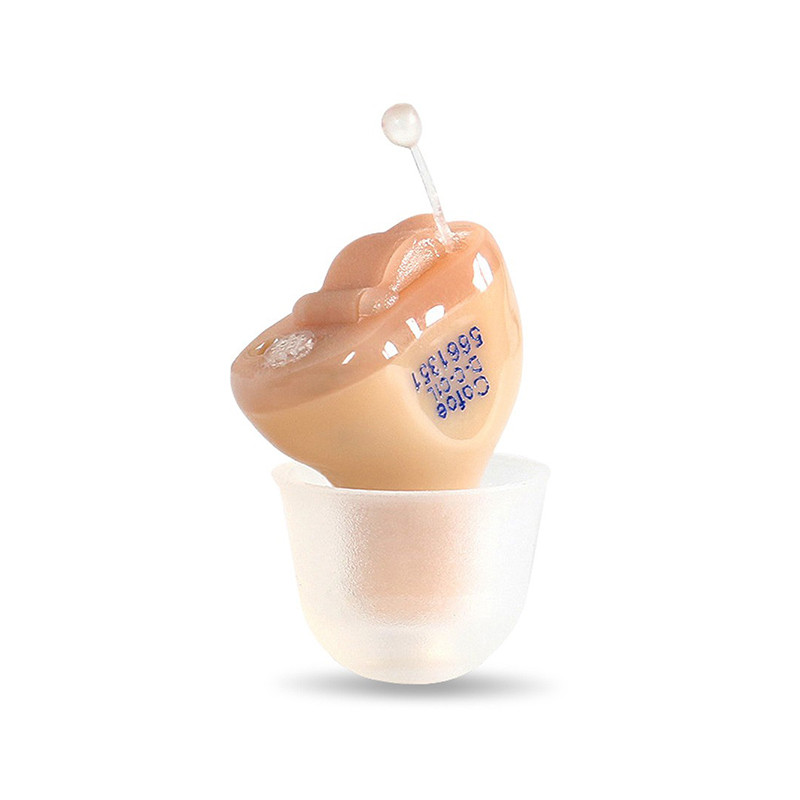

CK-NAC
Views:91
Inhouse product
/PC
-
HIV 1/2 Test Device (Active)
৳1,200.00 -
Cofoe CIC Hearing Aid
৳0.00
Exceptional correlation with standard methods
The Randox methodology was compared against other commercially available methods and the Randox CK-NAC assay showed a correlation coefficient of r=0.99
Wide measuring range
The Randox CK-NAC reagent can comfortably detect levels outside of the healthy range measuring between 9.16 – 2886 U/l.
The Randox CK-NAC reagent can comfortably detect levels outside of the healthy range measuring between 9.16 – 2886 U/l.
Excellent stability
Stable until expiry date when stored at +2 to +8°C
Stable until expiry date when stored at +2 to +8°C
Other features of the Randox CK-NAC reagent
- UV DGKC method
- Available as liquid and lyophilised reagents
- Stable until expiry date when stored at +2 to +8°C
- Measuring range 9.16 – 2886 U/l
- Measuring range 9.16 – 2886 U/l
- UV DGKC method
- Available as liquid and lyophilised reagents
- Stable until expiry date when stored at +2 to +8°C
- Measuring range 9.16 – 2886 U/l
- Measuring range 9.16 – 2886 U/l
Ordering information
- Measuring range 9.16 – 2886 U/l
Ordering information
| Cat No | Size | ||||
|---|---|---|---|---|---|
| CK110 | 20 x 2.5ml | Enquire | Kit Insert Request | MSDS | Buy Online |
| CK3812 | R1 4 x 20ml R2 4 x 6ml | Enquire | Kit Insert Request | MSDS | Buy Online |
| CK3892 | R1 4 x 16.5ml (L) R2 4 x 6.2ml (IFCC) | Enquire | Kit Insert Request | MSDS | Buy Online |
| CK8313 | R1 4 x 20ml (L) R2 4 x 7ml | Enquire | Kit Insert Request | MSDS | Buy Online |
| (L) Indicates liquid option | |||||
What is CK-NAC?
The small amount of Creatine Kinase (CK) present in the blood primarily comes from skeletal muscle. CK is also found in striated muscle, brain and heart tissues. The CK concentration levels in the blood increase as a result of damage to bodily muscle or interferences with the muscle energy production such as myositis, which is inflammation of the muscles.
What is the CK-NAC assay used for?
The Randox CK-NAC reagent is used for the measurement of CK in serum or plasma to assess the extent of muscle damage and to monitor treatment.
The determination of CK-NAC activity in plasma or serum provides a sensitive marker for the detection of skeletal muscle disease; and is also useful to assess the extent of severe muscle trauma, crush injuries, burns or electrocution, and the likelihood of developing rhabdomyolysis. For more information on the spectrum of rhabdomyolysis, please click here [external link].
The determination of CK using creatine phosphate and adenosine‑5’‑diphosphate (ADP) as substrates rather than creatine and adenosine‑5’‑triphosphate (ATP) has several advantages in test performance as it allows for a faster reaction rate resulting in greater sensitivity. Small sample volumes are used and sample blanks are not required.
The UV method used is an optimised standard method according to the recommendations of the Deutsche Gesellschaft für Klinische Chemie.
Social Links:
Disclaimer: The actual color of the physical product may slightly vary
due to the deviation of lighting sources, photography or your device display
settings.
